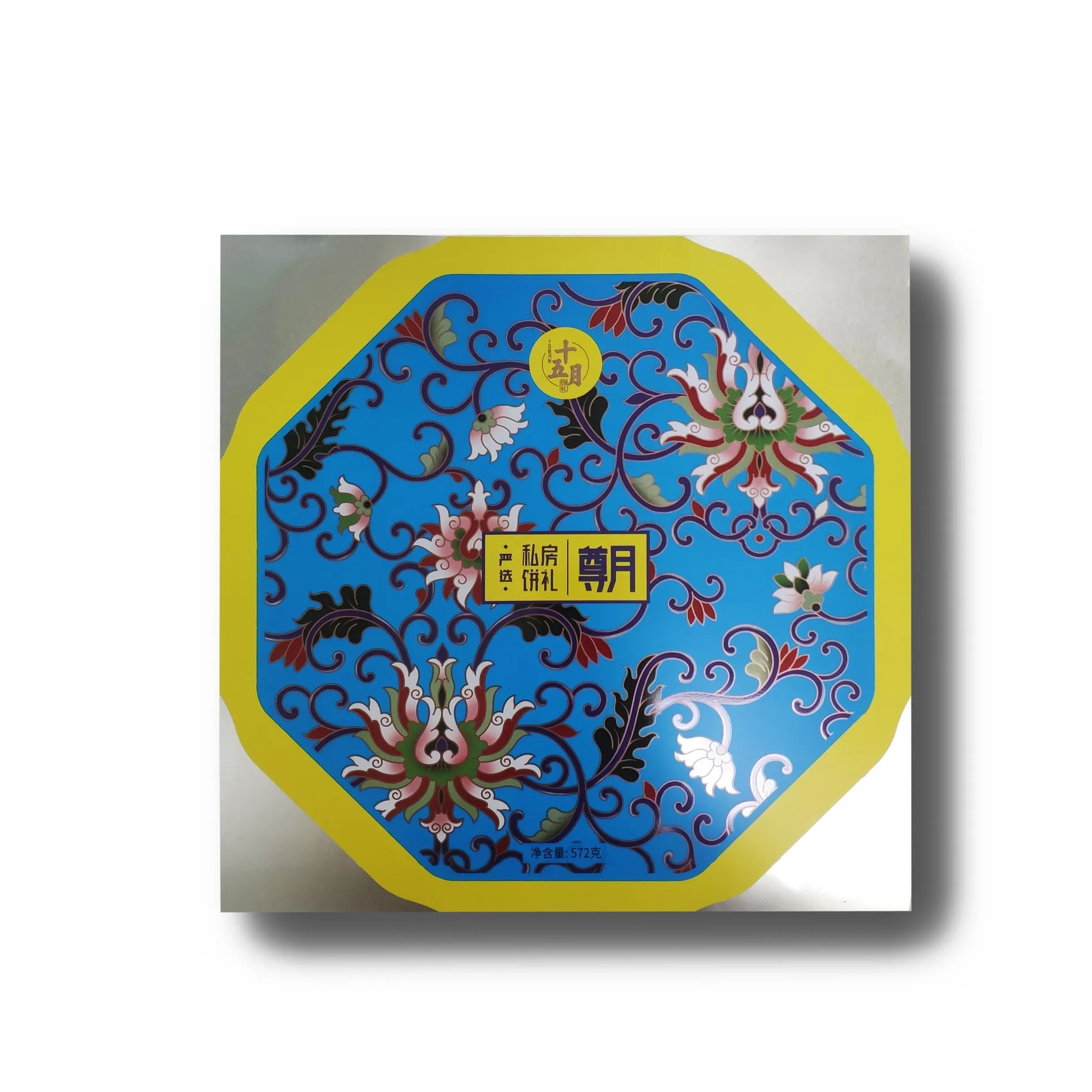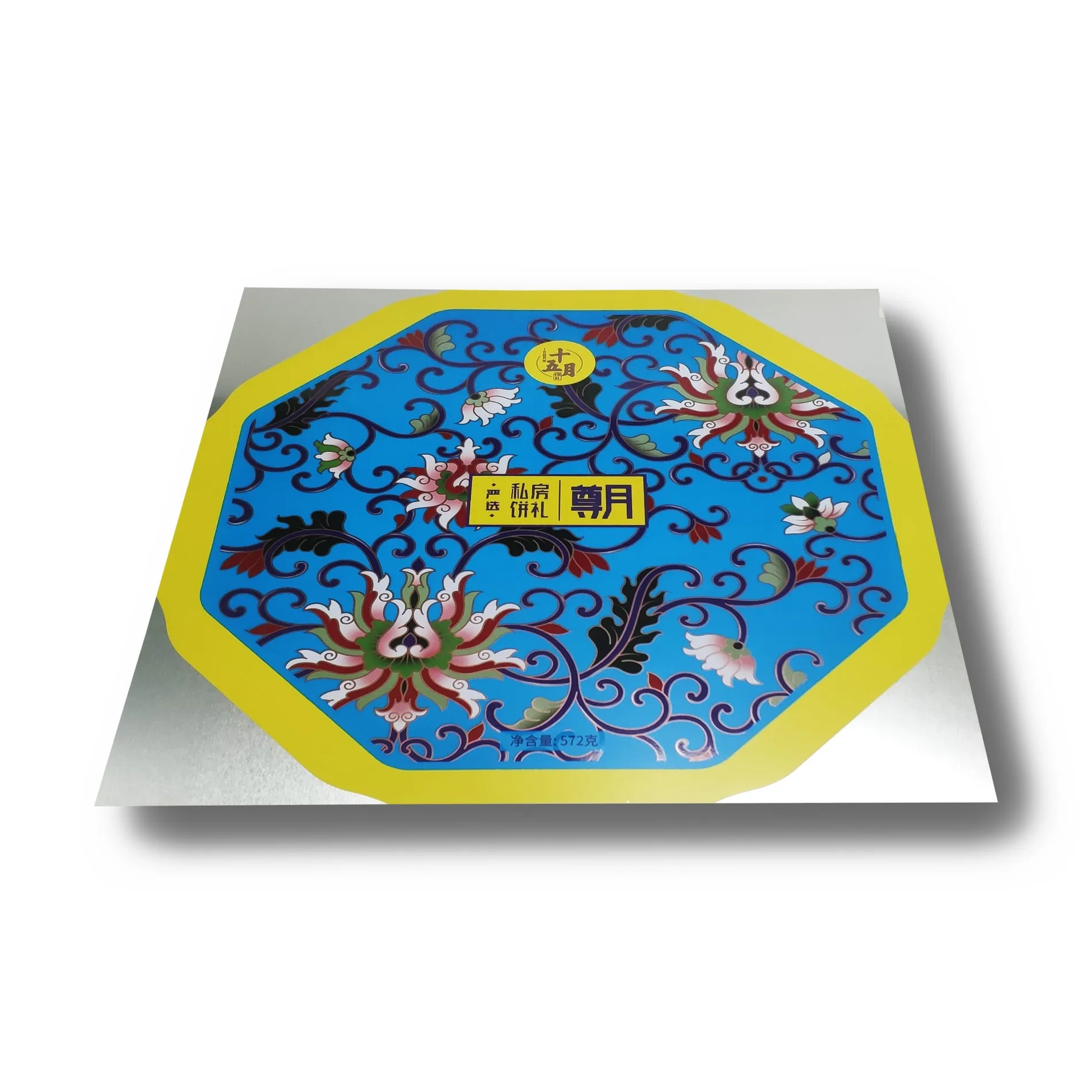In the modern industrial field, tinplate is a widely used material, especially in the fields of food, beverage, chemical, and pharmaceutical packaging. However, many people know little about the production process, characteristics, and one of the important forms of tinplate (Electrolytic Tinplate, ETP for short).
This article will focus on the theme of "What is electrolytic tinplate sheet", and systematically explain its definition, production process, characteristics, and application scenarios.
What does electrolytic tinplate sheet mean?
Electrolytic tinplate sheet, also known as electroplated tin iron, is a composite material with a layer of tin evenly plated on the surface of a thin steel plate. Its main feature is that through the electrolytic process, a layer of extremely pure metallic tin is evenly deposited on the base steel plate to form a corrosion-resistant, non-toxic and bright protective layer. This tin-plated iron plate not only has the strength and ductility of steel, but also because of the presence of the surface tin layer, it can effectively prevent the steel plate from being oxidized and extend the service life of the material.
It is worth noting that the word "Makou" in tinplate comes from the ancient Chinese port "Malacca". Historically, this material was exported prosperously in the Malacca region, hence the name. Under modern technological conditions, tinplate has become a standardized industrial material, and electrolytic tinplate sheet is one of the most common forms.

What is the process of electrolytic tinplate sheet?
The production process of electrolytic tinplate sheet mainly consists of several steps such as raw material preparation, pickling, cold rolling, annealing, electroplating and post-processing. Each link is closely linked to ensure that the final product has good quality and performance.
Raw material preparation
The base material of electrolytic tinplate sheet is high-quality low-carbon cold-rolled steel sheet (usually cold-rolled low-carbon steel), and its thickness is usually between 0.12 and 0.50 mm. The main function of cold-rolled steel sheet is to provide tinplate with good mechanical properties such as strength, toughness and ductility.
Pickling and cleaning
Before the cold-rolled steel sheet is put into electroplating, it is first necessary to remove the oxide scale, impurities and oil stains on the surface of the steel sheet through the pickling process. The pickling process is usually carried out in a hydrochloric acid solution to ensure that the surface of the substrate is completely clean and prepare for the subsequent electroplating process.
Cold rolling and annealing
Cold rolling is to press the steel plate to the target thickness and improve its surface finish. After the cold rolling process, the grain structure of the steel plate becomes compact and the hardness increases. At this time, the steel plate still has a certain brittleness, so it needs to be annealed to restore the toughness and plasticity of the steel through the process of heating and cooling.
Electroplating tin
Electroplating tin is the core step in the production of electrolytic tinplate sheet. In this process, the steel plate is used as the cathode in the electrolyte and pure tin is used as the anode. Through the action of direct current, tin ions migrate from the anode and deposit on the surface of the steel plate. Depending on the thickness of the tin plating, electrolytic tinplate sheet can be divided into different specifications. The common tin plating thickness ranges from 0.38 to 2.2 g/m2.
In the electroplating process, it is crucial to control the thickness, uniformity and finish of the coating. A precise online measurement system is used in the production process to ensure the stable quality of the tin layer. At the same time, in order to improve the corrosion resistance of the tin-plated layer, the surface of the tin-plated layer is often passivated, that is, a very thin oxide film is formed on the tin-plated layer.
Post-treatment
After the electroplating is completed, the steel plate also needs to be lubricated to reduce the friction of the material during the forming process and prevent the tin layer from oxidizing when it comes into contact with the air. Usually, this step adopts the oiling process, by coating a very thin layer of lubricating oil or resin oil film on the surface of the tinplate to ensure that the material has good processing performance.

What are the characteristics of electrolytic tinplate sheet?
The special performance of electrolytic tinplate sheet comes from its composite structure-it inherits the strength and ductility of steel, and provides excellent corrosion resistance through the protection of the surface tin.
Characteristics of electrolytic tinplate sheet:
1. Good corrosion resistance
2. Excellent weldability
3. Excellent appearance performance
4. Non-toxic and harmless
Good corrosion resistance
The tin-plated layer of electrolytic tinplate sheet can effectively block moisture and oxygen in the air, form a physical isolation with the base steel plate, and prevent oxidation and corrosion. This property is particularly important in food and beverage packaging, ensuring that the contents are not affected by metal materials during storage, maintaining their freshness and quality.
Excellent weldability
The surface tin of electrolytic tinplate sheet has good conductivity and low melting point, so the material can be efficiently welded through processes such as soldering, and is particularly suitable for the manufacture of metal containers. This is one of the reasons why electrolytic tinplate sheet is widely used in the food, beverage cans and spray packaging industries.
Excellent appearance performance
The surface of electrolytic tinplate sheet is smooth and bright, and has strong decorative properties. This feature not only protects product quality in the packaging field, but also improves the beauty of the packaging and attracts consumers' attention. Many high-end food and beverage products choose to use electrolytic tinplate sheet for their outer packaging because of its bright appearance.
Non-toxic and harmless
Tin is a non-toxic and harmless metal, so the application of electrolytic tinplate sheet in food and pharmaceutical packaging is extremely safe. The tin layer can effectively prevent harmful substances from steel from penetrating into the packaging contents, ensuring the safety of consumers.

What are the uses of electrolytic tinplate sheet?
Uses of electrolytic tinplate sheet:
1. Food packaging
2. Chemical product packaging
3. Pharmaceutical packaging
4. Household and daily necessities packaging
Due to its excellent comprehensive performance, electrolytic tinplate sheet plays an important role in many fields, especially in the packaging industry.
Food packaging
Electrolytic tinplate sheet is most widely used in the field of food packaging, mainly used to make various food cans, beverage cans, candy boxes and chocolate packaging. Its corrosion resistance can ensure that food is not affected by external factors during storage, and its non-toxicity also ensures the safety of food.
Chemical product packaging
Chemical products, especially some corrosive or volatile liquids or gases, usually need to be stored in containers made of electrolytic tinplate sheet. Such containers can prevent chemicals from corroding packaging materials and ensure long-term storage of products.
Pharmaceutical packaging
In the pharmaceutical industry, safety and stability are the primary considerations for packaging materials. Electrolytic tinplate sheet is widely used in packaging forms such as drug bottle caps, plaster jars and injection bottles due to its non-toxic and corrosion-resistant characteristics.
Household goods and daily necessities packaging
In addition to industrial packaging, electrolytic tinplate sheet is also widely used in the manufacture of various household goods packaging, such as candle boxes, cigarette boxes, powder boxes, etc. These products not only require high-strength protection, but also need to have beautiful appearance design, so electrolytic tinplate sheet becomes an ideal material choice.

